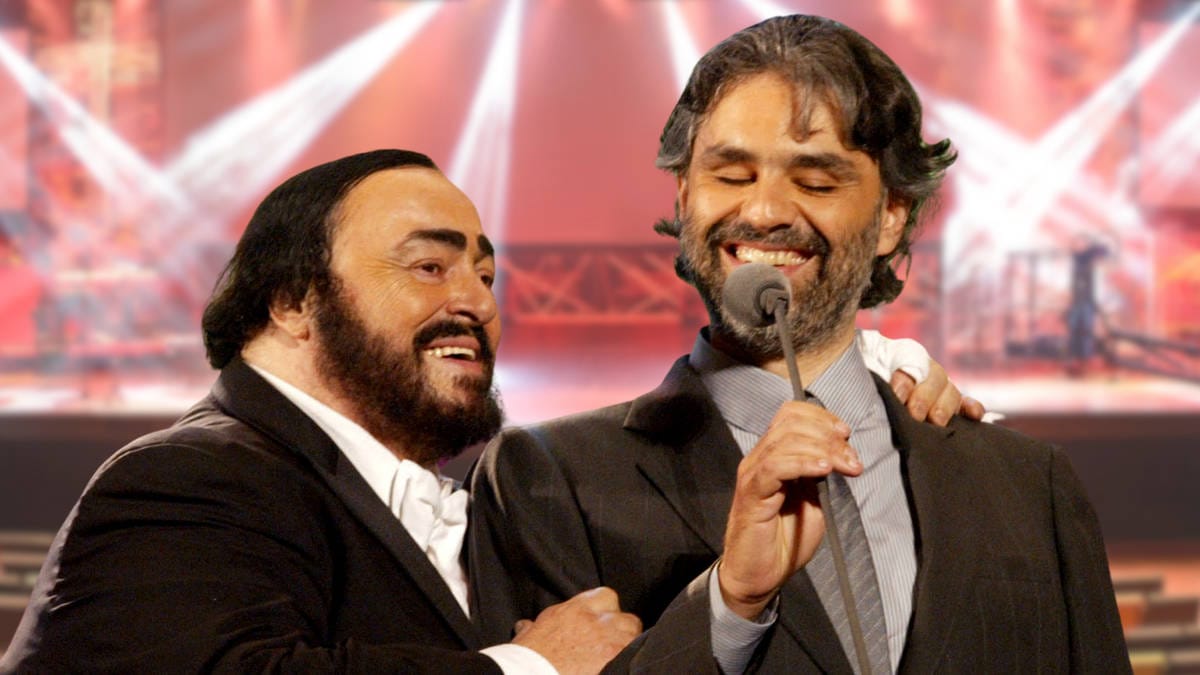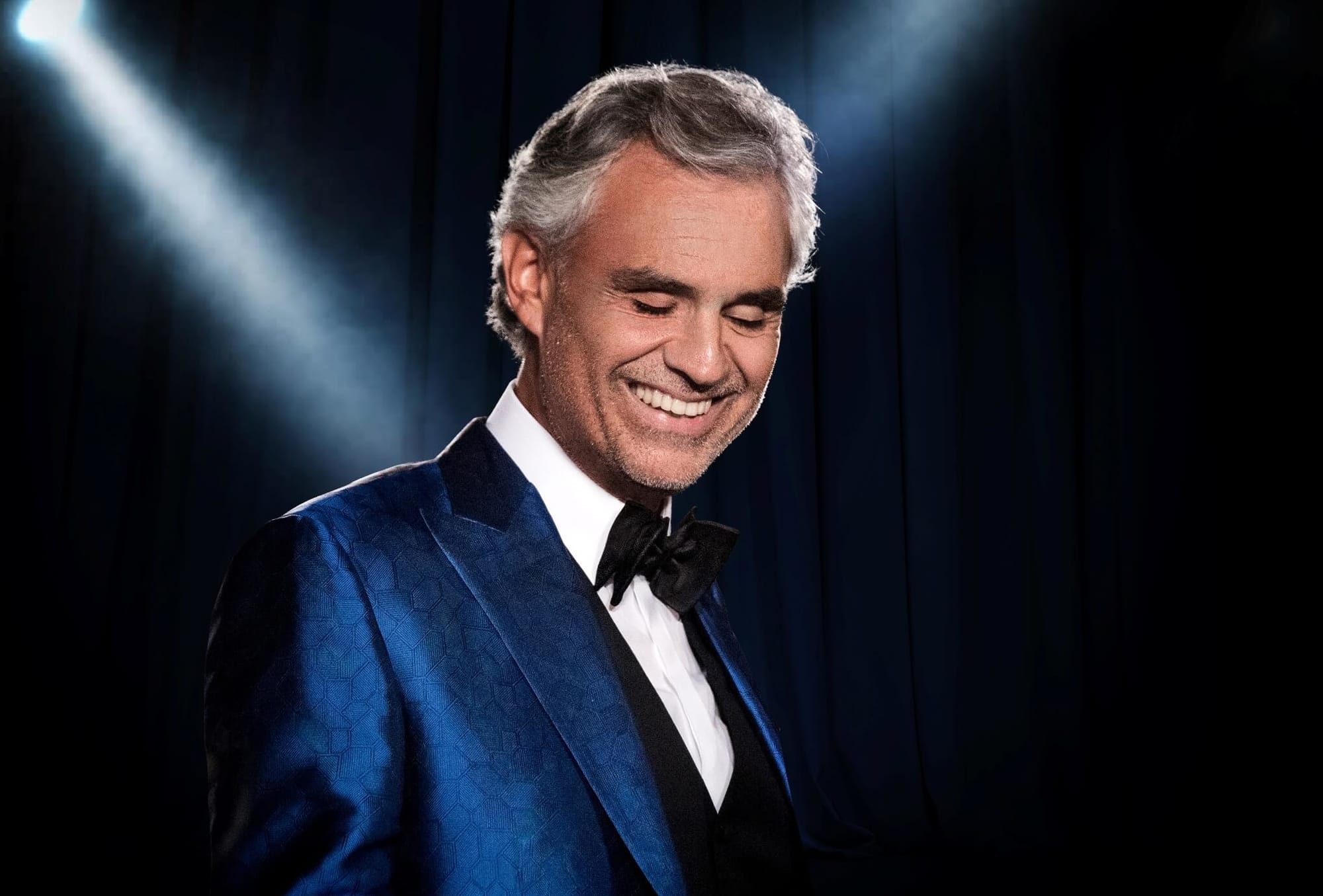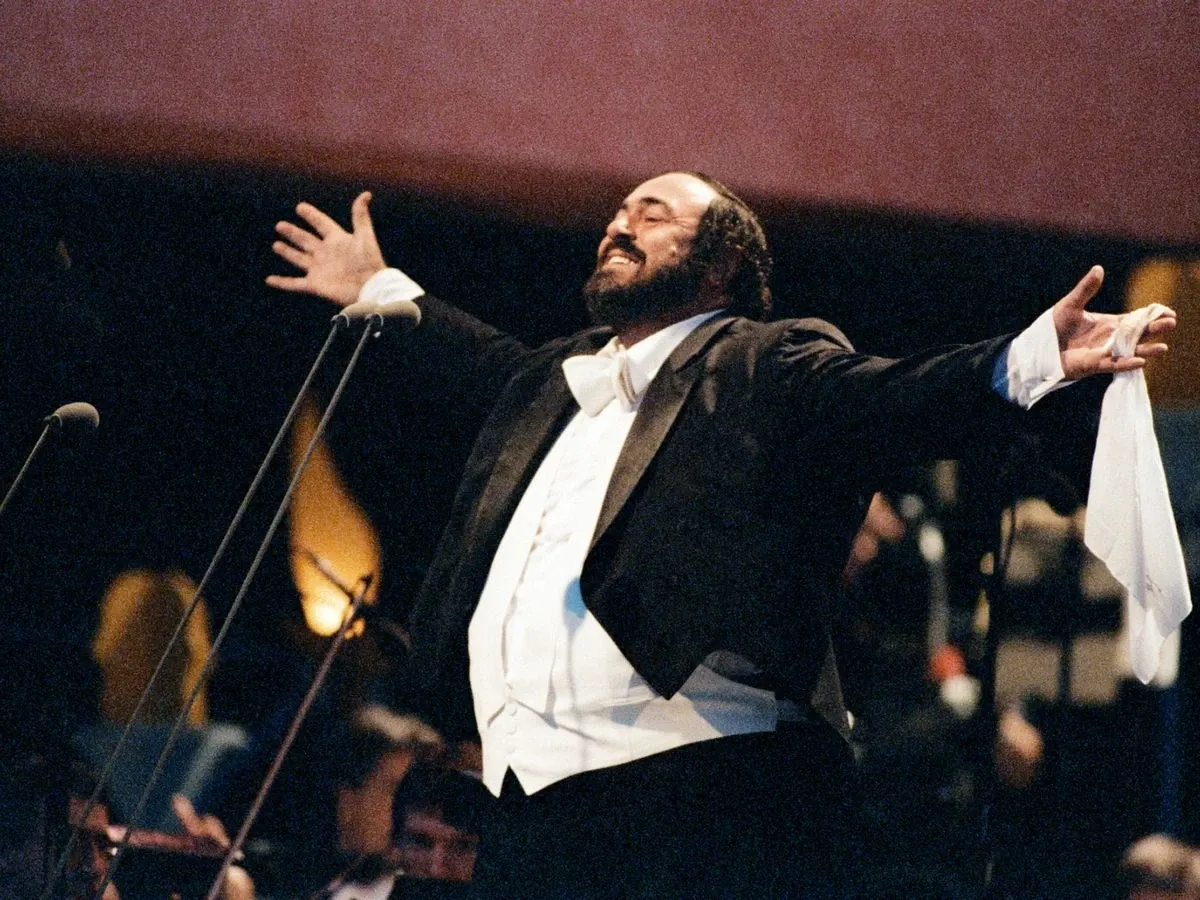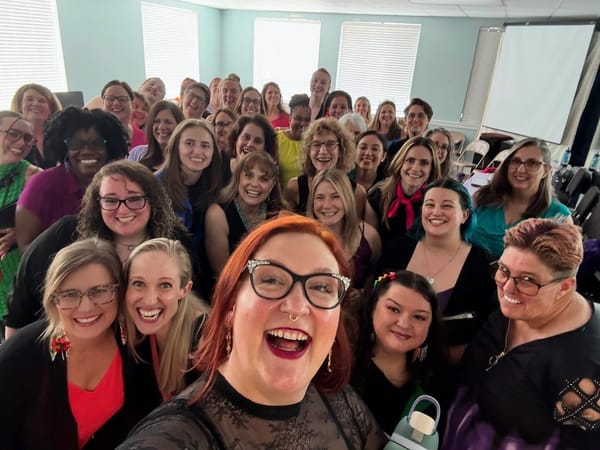Resistance, Part 2: Flow
Free, expressive singing requires both skill and focused, uncomplicated conviction. I would argue that the conviction part is more significant than than the skill part.

This is the second of three posts examining different facets of resistance. The first discusses how resistance to gravity shapes our bodies and informs our movements. This one focuses on the role of resistance in musical vibration and sound. The third will explore how cultures evolve or degenerate, depending on the extent to which they embrace or resist change.
The voice never lies. Everything you are thinking and feeling as you sing—your most nuanced emotional subtexts, your most impassioned impulses—comes through in your sound.
All of it comes through, whether or not you intend it to. Whether or not you are aware of it. Whether or not you developed your singing voice in a structured way.
Free, expressive singing requires both skill and focused, uncomplicated conviction. I would argue that the conviction part is more significant than the skill part, and it’s often more elusive. So let’s talk about the skill part first.

“Flow phonation” is a term that neatly sums up the overall goal of studying vocal technique. We practice exercises designed to promote the free, uninterrupted flow of vocal fold vibration throughout our range while navigating fast passages and slow, loud sounds and soft, deftly defining the vowels and consonants of song and aria texts.
In the words of vocologist Ingo Titze,
Flow phonation is a term used in voice therapy and voice pedagogy to describe a production that feels effortless and efficient because ample airflow is passed through the glottis when the vocal folds vibrate... the implication is that more airflow produces more sound output, but every singing teacher and speech-language pathologist knows that excessive flow makes the voice breathy and weak. It is therefore a question of optimizing the airflow, not maximizing it.
As listeners, we recognize flow phonation when we hear it—a continuous, consistently focused sound with evenly modulated registration and resonance. As singers, we recognize flow phonation when our voices create it, by the internal sense of balance and effortless production that accompanies that continuous, well-modulated sound.
Here’s how it works (and don’t worry, none of this is going to be on the test):
- The breath generates vocal fold vibration in accordance with the Bernoulli principle [click for a video demonstration]. After a full inhalation, the air pressure below the vocal folds is greater than the air pressure above them. When the vocal folds are sufficiently adducted while remaining pliant, releasing breath through the resulting narrow aperture alternately sucks the vocal folds together and escapes between them, generating a vibratory cycle. The speed with which this cycle repeats determines the pitch, e.g. when it occurs 261.6 times per second, we hear the pitch called middle C.
- When the breath generates continuous vocal fold vibration with the clear intention to define and sustain specific pitches, the result is continuous sound production, with the voice either sustaining a given note or moving smoothly from pitch to pitch to create a melodic phrase.
- We call this flow phonation when the process yields an evenness of vocal production that is continuous and consistent throughout changes of pitch, vowel, resonance, registration, dynamics, and tempo.
Like I said, none of that is going to be on the test—people figured out how to sing with flow phonation centuries before we were able to study or conceptualize the physics of what they were doing! All that matters is that we recognize flow phonation when we hear it, and that we can tell when we’re doing it. I’m the one who needs to understand the physics and the biomechanics of flow phonation, because that helps me to teach it.
The significant takeaway, where this essay is concerned, is that any process of creation requires tension and resolution. When we sing, each individual vibratory cycle of the vocal folds—261.6 cycles per second for middle C!—represents an event in which the flow of breath meets a gentle, almost imperceptible resistance created by proximity of the vocal folds to one another, and then overrides that resistance, so that a miniscule puff of air escapes. The proximity of the vocal folds creates just enough resistance for the release of breath to generate and sustain these vibratory cycles. And when the airflow is in balance with the vibratory requirements of our vocal folds, we do not experience the resistance. We do not experience it as an unpleasant tension. All we feel are the cycles of tension and resolution, and the sense of flow that they facilitate.
Teaching singing technique means helping my students develop skill at flow phonation. Here’s how it works:
- The student performs a vocal exercise.
- Both of us pay attention to whether their voice flows freely and consistently throughout the exercise.
- To the extent that their performance flowed freely, we discuss what they did to achieve the freedom and flow.
- To the extent that their vocal production was discontinuous in any way, we discuss what happened. Either something occurred that inhibited the freedom and flow (i.e. there was some internal resistance to the flow), there was inadequate power to motivate continuous flow, or a combination of both.
- If something was inhibiting the freedom and flow of their production, we identify it. The list of potential causes is finite—it will be something to do with registration (the weight of vocal production), resonance, articulation, or the available range of motion for some component of their vocal anatomy.
- If there was inadequate power to motivate continuous flow… well, now we’re getting to the elusive part, the conviction part. Here the list of potential causes is also finite, because when there is inadequate power, that can only mean inadequate or inconsistent subglottal breath pressure. The issue is that things will go one way if the singer applies a more effective subtext (aka expressive intent) and another way if they directly amp up their subglottal breath pressure (aka deliberately “push” with their breath). Expressive subtext supports flow phonation. Pushing with the breath overrides whatever resistance is present in the voice, thereby reinforcing it.
Expressive subtext supports flow phonation. Pushing with the breath overrides whatever resistance is present in the voice, thereby reinforcing it. However, in the moment that a singer meets resistance in the voice, the instinctive and expedient solution is to override it by amping up their breath pressure.
This to me is the single greatest challenge for practicing singing technique: learning to resolve resistance in the voice, rather than overriding it with breath pressure. Expressive subtext is what motivates the supply of continuous, adequate breath pressure throughout each phrase you sing. If you instead attempt to directly generate and sustain the exact quality and quantity of breath pressure required for a given phrase, you might be successful. However, this is a comparatively much more effortful process, and the result will carry a subtext that is more expressive of that effort than whatever you are singing about.
Cultivating uncomplicated conviction is the elusive part because singing is emotional. Performance anxiety often arises from a resistance to feeling exposed and vulnerable. It can be terrifying to let others hear high sounds, loud sounds, soft sounds, or risky thoughts and feelings emanating through our voices. No matter how well-coordinated your throat is, if you are feeling freaked out by a high note or are second-guessing your skills, emotional resistance will arise and turn into physical resistance.
When the time comes to perform, you will feel one way about it if you enthusiastically consent to be heard, and another if you are feeling conflicted. Because the conflict will set up resistance in your voice, and the subtext of your performance will include the conflict.
Here is a story about megastar crossover artist Andrea Bocelli.
Bocelli had been an avid singer from childhood but wasn’t planning to pursue a career in music. He was a year or so out of law school when he responded to an audition announced by Zucchero, a rock musician who had composed a song for megastar operatic tenor Luciano Pavarotti. Zucchero selected Bocelli to record a demo for Pavarotti, who was so impressed that he persuaded Zucchero to record and perform the song with Bocelli instead. The rest, as they say, is history.
Bocelli’s participation the 1994 Sanremo Music Festival led to a recording contract that garnered immediate international attention and launched his spectacular career. I knew that Pavarotti had helped mentor Bocelli and support his career. What I didn’t know is that Bocelli did not actually meet Pavarotti until some time after he exploded onto the scene at Sanremo. And that prior to meeting Pavarotti, Bocelli had suffered from debilitating performance anxiety.
Bocelli tells the story in Andrea Bocelli: Because I Believe, a documentary that hits theaters this coming fall:
I suffered from stage fright for many years. A kind of fear that can't be put into words… An unmanageable anxiety. Vicious palpitations wouldn’t let go of me. Even on stage. It would last the entire concert, until the last obstacle. This would happen because my technique wasn't perfect. When I first rehearsed with [Pavarotti], I realized he didn't struggle at all, whilst I struggled a lot. That's when I figured he had perfect technique. I didn't. Today, thanks to the technical awareness which I have attained through a lot of effort—I’m stressing this, through a lot of effort—I don't have that kind of anxiety anymore.
Here is the Sanremo Festival performance of “Il mare calmo della sera” that launched Bocelli’s career:

The roughness in his sound is expressive and takes nothing away from the beauty of his singing, in my opinion. This type of expressive roughness is characteristic of many contemporary musical styles. It’s created by some added friction, or resistance, in the throat that is unrelated to the vibration of the vocal folds. However, in light of Bocelli’s early performance anxiety, it seems to me that the vocal roughness in this performance was not evocative of expressive subtext, but rather the internal resistance created by the unmanageable anxiety he was grappling with at the time. By comparison, this 2007 performance of the same song is characterized by flow phonation and an absence of any audible resistance.
Bocelli wowed his early audiences with an uncomplicated, committed flow of expression that came through despite his anxiety. He has been able to sustain a long and successful career because he developed skill at flow phonation.
I now invite you to listen to recordings of the aria “Nessun dorma”, from Puccini’s opera Turandot, as performed by Bocelli and by Pavarotti. Listen for flow, and listen for subtext. Ideally, do your listening before allowing yourself to be influenced by what I am about to say next, and consider how different subtexts might play out to create tension and resolution throughout each phrase, and over the course of the aria.


A quick disclaimer before I share my thoughts on these recordings. I dislike reaction videos, in which a voice expert weighs in on what is fabulous or horrible about a performance. So please allow me to be very clear: I appreciate both of these performances. The comparison I am drawing has to do with the subtext each artist seems to bring to the aria, not the quality of their singing or musicianship.
- Bocelli sings with consistently lovely, expressive tone and attractive musical phrasing. He creates and resolves musical tension throughout his performance by suspending and sustaining significant pitches/syllables, particularly the climactic sustained high note at the end. “Vincerò!” means “I will triumph!” and in this performance, Bocelli does indeed triumph over all the musical and vocal challenges of this demanding aria.
- Pavarotti’s performance is informed by having performed the role of Calaf in Turandot numerous times on stage. His singing is also consistently lovely, expressive, and beautifully phrased. But I hear a very different subtext powering his performance—the musical tension is created and resolved in accordance with the emotion that Calaf is experiencing and the story he is telling. Calaf is seeking a romantic triumph. In Pavarotti’s performances I hear the overall sentences motivating each phrase, and notes are held to add dramatic emphasis to accented syllables. In Bocelli’s I hear strings of attractive notes artfully woven together, with the high notes offered as thrilling feats of virtuosity.
If you’re left with the sense that I personally prefer Pavarotti’s performance to Bocelli’s, I won’t apologize—I stan opera, not crossover. But both genres have huge audiences, and they form a Venn diagram with significant overlap. Both of these performances are solid, and both make this music accessible and delightful for their respective audiences.
In my previous post, I described movement as a dance with gravity. Music could be described as a dance with resistance. All sound necessarily arises from various expressions of tension and resolution, if only because the vibration of our eardrums is set in motion when their inherent tautness responds to waves of sound pressure.
The voice never lies. Sometimes it tells a story of uncomplicated, expressive flow. Sometimes it tells a story of internal conflict. Sometimes that conflict can be resolved by improving coordination and range of motion. Sometimes it can be resolved by simplifying and amplifying one’s source of expressive motivation.
Free, expressive singing requires both skill and focused, uncomplicated conviction. Hopefully you can now understand why I say that the conviction part is ultimately more significant than the skill part.
If this post resonated with you, please subscribe to my Ghost. Subscriptions can be either free or paid.
- Your attention is your most valuable currency, so free subscriptions are deeply appreciated!
- Paid subscriptions from those who can comfortably afford it help transition my writing from unpaid to paid labor.
Schedule a complimentary consultation for voice lessons here.
Schedule a voice lesson here.





